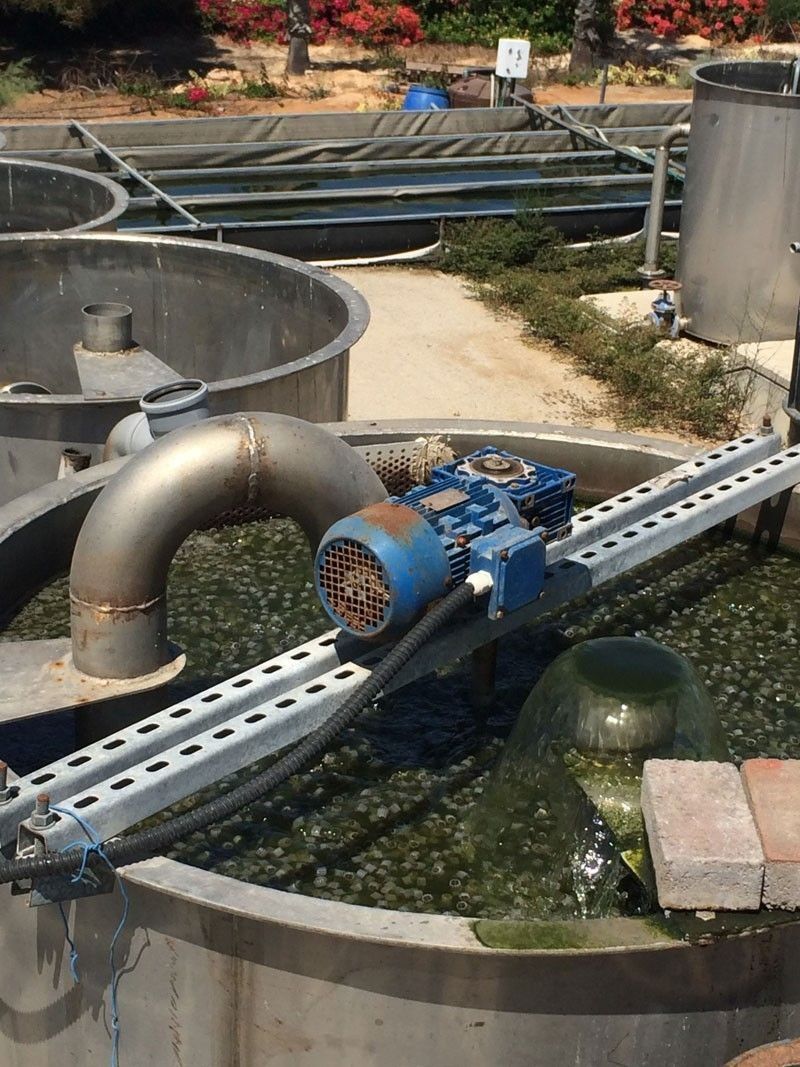LGUs must invest more in RE, WTE projects — Ernesto Pernia

MANILA, Philippines — Local government units (LGUs) are faced with the challenge of not having enough waste output in the implementation of the waste-to-energy (WTE) projects even as government urges the integration of WTE projects in their solid waste management plans.
In the Forum on Renewable Energy and Waste-to-Energy Public-Private Partnerships (PPPs) hosted by the PPP Center and Asian Development Bank (ADB) last week, National Economic and Development Authority (NEDA) Secretary Ernesto Pernia urged LGUs to invest more in renewable energy and WTE PPPs.
“Sustainable consumption and production is one of the Sustainable Development Goals (SDGs). This is where PPPs can further expand their role, particularly in developing innovative solutions in renewable energy and waste-to-energy projects,” he said.
Pernia said the Philippines has grown steadily over the past five years, with the demand for energy also rising rapidly.
From 2014 to 2018, the country’s total energy consumption has been growing at an average of 4.22 percent per year. Moreover, under a high economic growth scenario, the country’s energy requirement is seen to increase four-fold by 2040, by an average of 5.7 percent per annum.
On the other hand, in terms of waste generation, the National Solid Waste Management Commission reported that in 2016 that the country generated about 40,000 tons of waste per day. Metro Manila alone generated over 9,000 tons of waste per day in the same year.
“While we must meet the power demand to sustain our economic growth, we must also find a way to grow without compromising our environment and draining our natural resources. This is a delicate balancing act for the Philippines, a country that has a booming tourism industry, still rapidly growing population, and also faces not a few natural disasters every year,” Pernia said.
For its part, the Department of Energy (DOE) is looking into assisting LGUs in integrating WTE projects in their programs.
Under the DOE’s jurisdiction, the WTE technology is included under the scope of renewable energy (RE), DOE-Renewable Energy Management Bureau (REMB) director Mylene Capongcol said
“RE covers biomass, which in our jurisdiction, includes waste to energy,” she said. “We’re looking at supporting some LGUs in their RE planning called localized RE planning. The target is to come out with support to total electrification program using RE.”
But not all LGUs can just implement WTE projects in their waste disposal and management programs.
ADB vice-president for operations 2 Ahmed Saeed said the private sector has a critical role to play, working in partnership and collaboration with governments.
“Some types of renewable energy, including waste-to-energy projects, are characterized by high investment and maintenance costs and complex construction issues. The public sector alone cannot bear the burden. Public-private partnerships in energy – the subject of this gathering – can allow governments to share the burden of financing and management. PPPs can be a valuable means to ensure access to affordable, reliable, sustainable and modern energy,” he said.
Meanwhile, Senator Sherwin Gatchalian said the municipal waste generated by LGUs are not enough to supply feedstock to WTE projects.
“To be economical, the minimum [municipal waste] is 1,500 tons per day. Only Quezon City, Manila, and maybe Caloocan have that capacity. Out of these three, there are no other LGUs with that capacity. That’s why we have to simplify the process so that private proponents will be encouraged to go into WTE,” he said.
That’s why the lawmaker filed Senate Bill No. 363, or Waste-to-Energy Act (WTE Act), which seeks to provide a framework for the entire value chain of WTE facilities, and ensure the uninterrupted supply of waste as feedstock.
Under the proposed law, LGUs are given the option undergo voluntary aggregation of waste materials to be able to enter into WTE development through joint venture, build-operate-transfer mode, and supply contracts.
For one, Ormoc City is interested in investing in a WTE project. Mayor Richard Gomez said funding is not a problem since they can borrow and forge partnership with the private sector but the waste generated by the city is not enough to develop one.
“The capacity that they have for WTE is above 500 MT per day. Most of the cities in the country only have 150 MT. Even in Ormoc, our land is as big as Metro Manila, but our waste is only 120 MT per day,” he said.
While the aim of the proposed WTE Act is a welcome development, Gomez said it would be difficult for LGUs to aggregate their waste because they have their own agenda or waste capacity would still not be enough to power a WTE facility.
“LGUs have their own agenda set. Even if, in our district under my wife Lucy, we have Ormoc City which is the biggest and six outlying municipalities, we can’t get to 500 MT per day, it’s still small,” he said.
“The bill proposes a good idea. But I think it will boil down to smaller capacity. If they’ll be able to have something like that, we will avail it,” Gomez said.
- Latest
- Trending


























